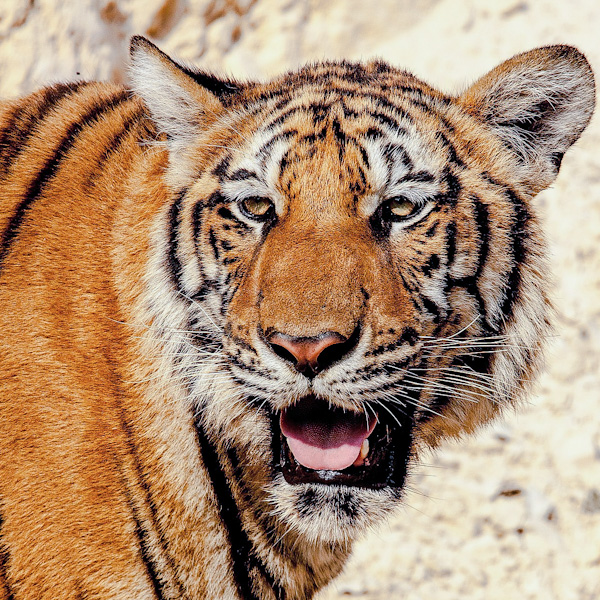How tigers often hunt
In Chitwan National Park, in the far north of India, almost on the foothills of the Himalayas, radio tracking of the Bengal tiger showed that tigers often hunt while moving slowly along roads and trails. They do this because it allows them to move quietly and they don't have the added burden of having to push through dense grass and brush (as reported by Mel and Fiona Sunquist in their book Wild Cats of the World).
 |
| Tiger on a trail in a tiger reserve in India. Image: Pixabay. |
Tigers have been observed to hunt like this by many naturalists including Dunbar Brander, who recorded his observations in Wild animals in central India published in 1931. His description in his book is particularly apt according to Mel and Fiona Sunquist:
"The usual daily round of a tiger is to commence questing for food shortly before sunset and to continue doing so all night. In this questing, they go at a slow walk often following the beds of nalas and jungle roads, especially so in the cold weather when cover is dense and the grass is wet and cold".
Nalas are a watercourse, riverbed, or a ravine.
The Siberian tiger living in the Far East of Russia doesn't have this advantage and they simply avoid hunting in areas with deep snow with a depth of greater than 30 cm partly because there's not much prey in these areas and also because the unstable snow crust makes walking difficult.
To return to India, in walking along jungle paths/trails, the tiger might fortuitously encounter a prey animal. However, normally finding food is a slow process which means that they have to travel long distances to find enough to eat.
George Shaller calculated how far tigers tend to walk during the night. He calculated the tiger's average walking speed. On this basis he estimated that in the Kanha National Park tigers travelled 16-32 kilometres per night. He refers to this in his book The deer and the tiger published in 1967.
Some Siberian tigers travel 50-60 km in a day under unusual circumstances. In Chitwan National Park food apparently is reasonably abundant or was in 2002 (the year of publication of the book Wild Cats of the World).
Because of this a tigress was observed to travel at a speed of about 0.7 km/h for a distance of 7-10 km per night by Mel Sunquist as reported in his work The social organisation of tigers in Royal Chitawan National Park, Nepal, published in 1981.
In this park, an adult male Bengal tiger was often seen using the park road to traverse the length of his territory covering around 30 km in a night.




Comments
Post a Comment
Please comment.